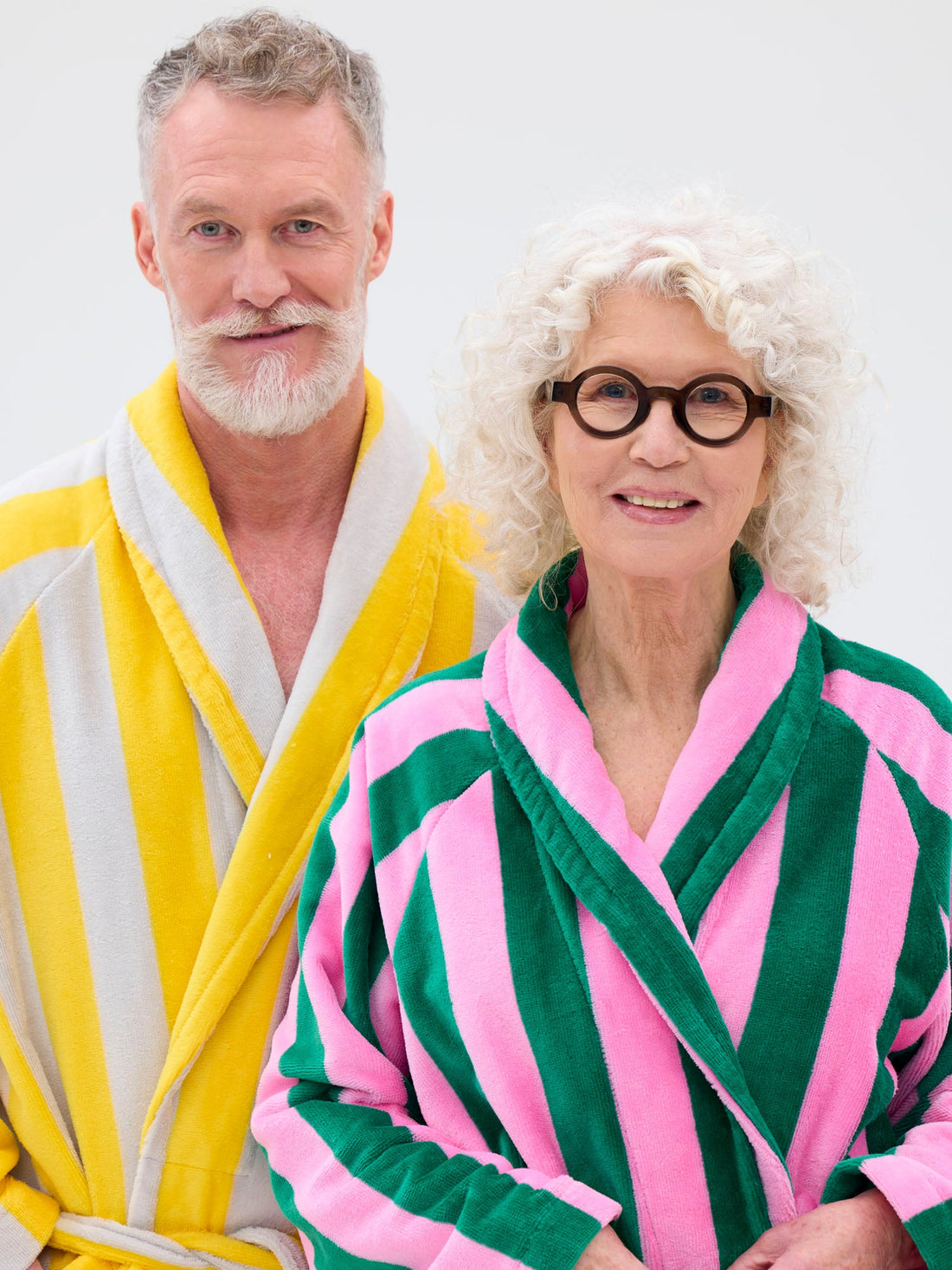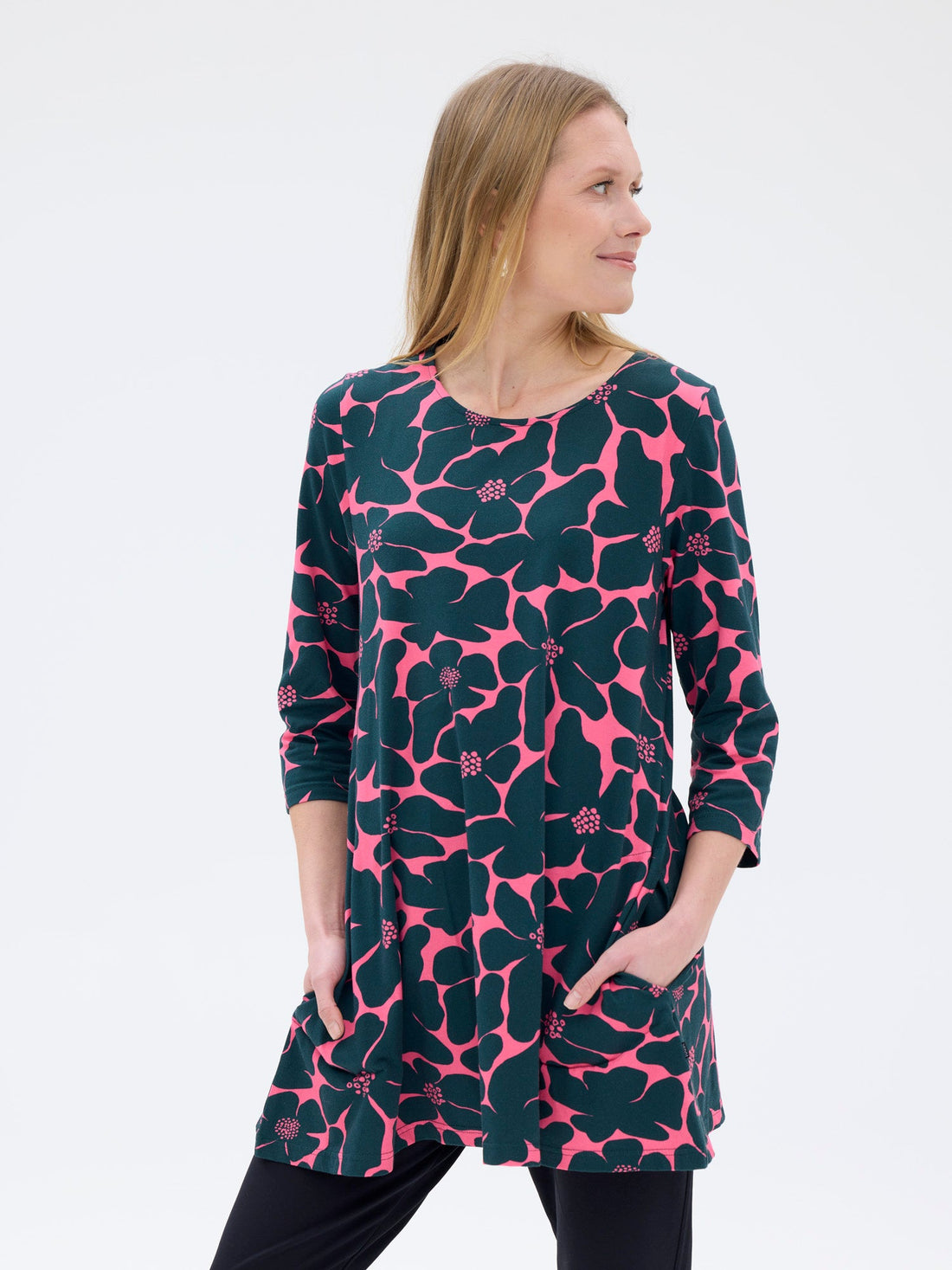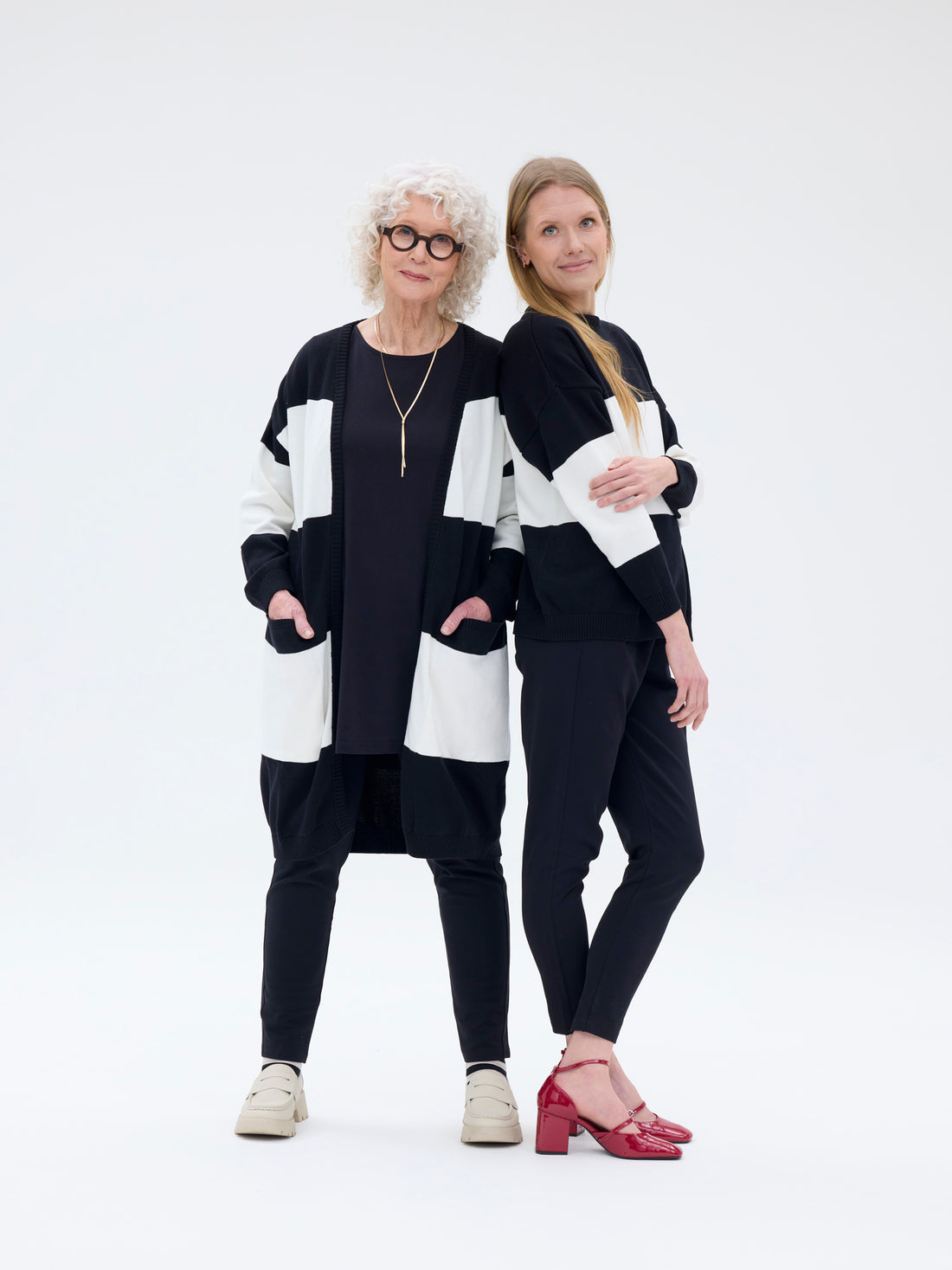–– Care guide
Our products are made to last for years to come, designed and manufactured with care and respect for the environment. We want to help you keep your products in good condition, which is why we have listed some tips on how to do just that.
–– General care instructions
Strongly colored and dark products may discharge some colour, especially during the first few washes.
Wash clothes inside out.
For more delicate items, we recommend using a laundry bag.
For colored, patterned, and dark textiles, use a color-safe detergent that does not contain bleaching ingredients.
For white textiles, it is best to choose a bleaching agent.
We recommend washing the products without fabric softener and with similar colors.
We do not recommend tumble drying or soaking.
Shape the products while they are still damp.
Clothes may shrink by 5-8% in the first wash, depending on the product.
Velcro and zippers may damage other products in the same machine.
You can extend the washing interval by airing your clothes after use.
It is best to remove stains while they are fresh, as soon as they appear.
By maintaining and repairing products, you extend their lifespan.
Remember to also recycle textile products when they reach the end of their life cycle.
Airing or spot-cleaning is a good way to freshen products and extend the time between washings.
COTTON
The material is light, breathable and soft to wear. The high-quality cotton is also a durable and strong material.
Products containing a small amount of elastane hold their shape well. Polyamide is a strong but elastic fiber, the use of which increases strength and flexibility.
VISCOUS
Viscose is a flowing, breathable and silky soft material with a beautiful sheen. After a gentle wash, the material may feel hard, but it softens when dried. Ironing makes the colors shine again. After washing, it is a good idea to carefully lay the garment flat to dry in a well-ventilated area. Rib knit is very flexible and clothes should always be shaped damp after washing. We strive to use the more environmentally friendly Ecovero ™ viscose developed by the Austrian company Lenzing. The production of the fiber produces at least 50% less CO2 emissions* and impacts on the water system* than regular viscose. Only FSC®-certified or PEFC-standardized wood is used as the raw material for the fiber. It also has the EU Ecolabel, which signifies environmental efficiency throughout the entire life cycle, from raw materials to fiber disposal (license number AT/016/001).
*Results are calculated according to LCA (Life Cycle Assessment) standards (ISO 14040/44) and are available through the Sustainable Apparel Coalition (version 3.7) Higg Materials Sustainability Index (MSI).
LINEN
High-quality linen is breathable, durable and pleasant to the touch. Linen improves with use. Linen clothing feels warm in cold weather and refreshingly cool in warm weather. It is good to have a loose fit so that the seams do not chafe during use. Shape while damp immediately after washing. Linen is characterized by a slight wrinkling, and clothes can also be ironed while slightly damp.
VILLA
For basic care of knitwear, simply airing it out is enough. The fresh air in the open air effectively refreshes knitwear between uses, but does not waste clothes, water or energy. Knitwear is especially refreshed in frosty or slightly damp weather, as long as you protect it from rain and direct sunlight. Instead of hanging it, it is a good idea to store knitwear on a shelf, airily spread out, so it does not stretch. Use knitwear care products, lint removers and brushes to help with garment care.
TOWELS AND BATH TOWELS
The material is either all cotton or a cotton-polyester blend. Loop Safe products contain polyester and the fabric structure prevents the yarn loops from unraveling, which means the product stays beautiful longer. Terry has loop yarns on both sides of the fabric. The loop yarns make the terry soft, airy and absorbent. In Velour fabric, the loop yarn is cut flat and the surface is brushed to a velvety soft finish.
Towels and bathrobes should also be washed before use. A brand new terry towel may not absorb moisture at full capacity. Terry products should be washed in a full machine so that the material receives a pleasant mechanical rounding and rubbing and the water-absorbing pile remains fluffy. This improves moisture absorption. Tumble drying is prohibited, as too hot treatment in a tumble dryer shrinks terry products. The fluff can usually be removed from terry products after 1-3 washes.
Sheets
The duvet cover set is made of high-quality cotton plain. The material is easy to care for and feels pleasant on the skin and is very durable. In addition to these, the sheet selection also includes sheets made of tricot. Good sheets last a long time, but they should be washed regularly, as they are close to the skin.
The hand holes at the top of the duvet cover make it easier to put the duvet cover on over the blanket. Turn duvet covers and pillowcases inside out before washing and clean the corners of the textiles if they have accumulated dust and lint.




